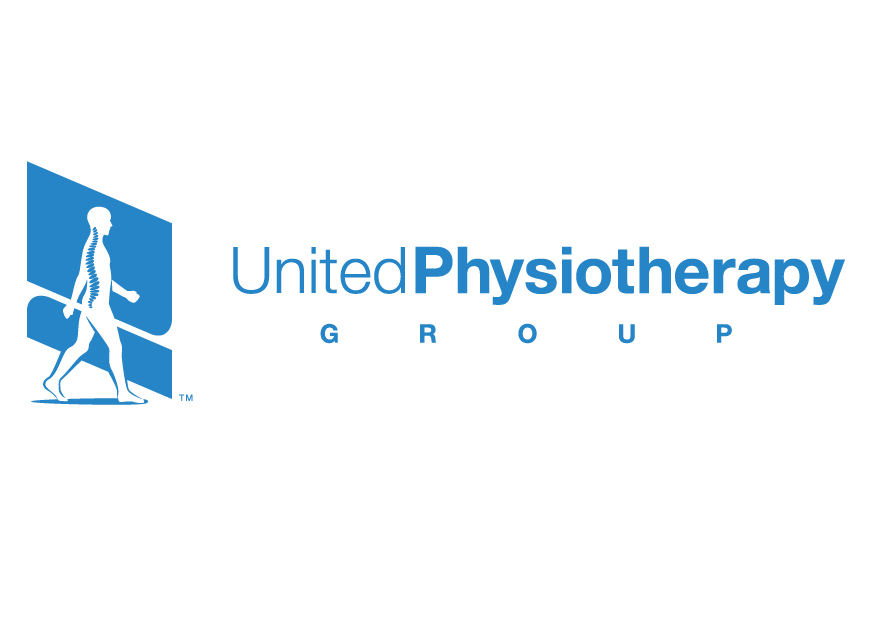Running and Patellofemoral Pain Syndrome
The Knee to Running!
Running has one of the largest participation rates, a survey found that about 1,224,100 Australians aged 15 years and older participated in running. As the Melbourne Run is coming up, I believe many people are having the urge to join the race in light of it being one the largest sporting events we can participate in after the easing of restrictions.
Some of you might have been training all throughout lockdown but I would anticipate that many would have just started a few weeks ago going out for a 5km run after 6 months of limited physical activity and ending up having sore knees, feet and ankles. Does this sound like you? If so, keep reading!
According to a recent study (Francis et al, 2018), they have concluded that the top 3 injuries are:
Patellofemoral Pain Syndrome (PPS)
Achilles Tendon Injury
Medial Tibial Stress Syndrome
In this blog I will mainly focus on patellofemoral pain syndrome aka anterior knee pain syndrome.
What is Patellofemoral Pain Syndrome (PPS)?
Amongst the patients from a sports clinic, 70% of diagnosed cases of PPS are aged 16–25 years (Devereaux and Lachmann, 1984). This condition also tends to affect women more than men by 25% (Boling et al, 2010)
Signs & Symptoms:
Knee pain with squatting, running and walking down stairs (Cook et al, 2010)
Described as pain behind the knee
Pain worse after activity (Petersen et al, 2014)
Anterior knee pain with prolonged sitting “theatre sign” (Larson et al, 1978)
Why does my knee hurt?
When we are running, each step we take roughly pushes back 2.5 times body weight into our foot (Hamil et al, 1983). Being the main shock absorber when running, our knees take up most of the forces, 4 times body weight to be exact (Willy et al, 2016). Translating this to a full marathon, let’s assume you are able to complete 42kms in approximately 4 hours and 20 minutes with a step rate of 160 steps per minute, your knees taking a total of 320 body weights per minute:
320 x 260mins = 83,200 times the body weight !!! (Neumann, 2002)
With such a large amount of load going through your knees, if your body does not have the capacity to recover between training sessions the end result is overtraining and overuse of the knees leading to PPS.
So what can you do about it?
There are 2 main thoughts behind managing PPS.
First, is reducing the load:
Adjusting training to maintain pain levels at a maximum of 2/10 on a numeric pain rating scale and increasing based on symptoms
Modifying running pattern by increasing step rate and changing foot-strike pattern (Esculier et al, 2018)
Second, is to improve our capacity of the knees to take more load:
Knee taping to promote better tracking of the knee cap
Combination strengthening exercises targeting the knees, hip and trunk muscles (Colins et al, 2018)
With the assistance of our enthusiastic physiotherapist team at UPG, together we can take on the recovery of your sporting overuse of acute injuries so that you can go back to enjoying your passion care-free and pain free. Book in for your initial assessment before your pain and symptoms worsen.
Written by Jason Lui: Physiotherapist UPG Studio
References:
Boling M, Padua D, Marshall S, Guskiewicz K, Pyne S, Beutler A. Gender differences in the incidence and prevalence of patellofemoral pain syndrome. Scand J Med Sci Sports. 2010;20:725–30
Collins NJ, Barton CJ, van Middelkoop M, et al. 2018 Consensus statement on exercise therapy and physical interventions (orthoses, taping and manual therapy) to treat patellofemoral pain: recommendations from the 5th International Patellofemoral Pain Research Retreat, Gold Coast, Australia, 2017. Br J Sports Med. 2018;52(18):1170–1178. doi: 10.1136/bjsports-2018-099397
Cook C, Hegedus E, Hawkins R, Scovell F, Wyland D. Diagnostic accuracy and association to disability of clinical test findings associated with patellofemoral pain syndrome. Physiother Can. 2010;62(1):17-24.
Devereaux MD, Lachmann SM. Patello-femoral arthralgia in athletes attending a sports injury clinic. Br J Sports Med. 1984;18:18–21
Esculier JF, Bouyer LJ, Dubois B, et al. Is combining gait retraining or an exercise program with education better than education alone in treating runners with patellofemoral pain? A randomised clinical trial. Br J Sports Med. 2018;52(10):659–666. doi: 10.1136/bjsports2016-096988
Francis P, What,an C, Sheerin K, Hume P, Johnson MK. The proportion of lower limb running injuries by gender, anatomical location and specific pathology: a systematic review. Journal of Sports Science and Medicine. 2018;18: 21-31

